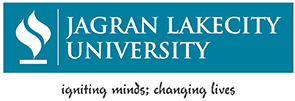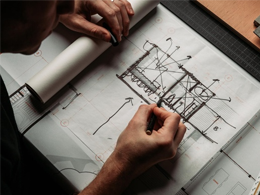Jagran School of Architecture
Jagran School of Architecture emphasizes a progressive design approach as well as a comprehensive education. Our school has five unique aspects. First is “thinking-by-doing,” where we not only take a design-built approach, but also underline thinking and creation with different materials and techniques. Second is emphasis on “out-of-classroom” learning, where students work on-site, design with community, nature and vernacular. Third is emphasis on the emerging digital tools. Fourth, we believe that the education of an architect must encompass four core abilities: vocational skills, professional skills, critical thinking and lastly ethical. It is our emphasis on critical thinking and the ethical, inculcated through reading and writing, which makes us one of the exceptional programs and prepares the student for graduate and post-graduate education, whether in India or abroad. And lastly is our network of international collaborations which facilitates students with a wide range of exposure, perspectives, methods and milieu.
Architecture must address far reaching challenges as our built landscape transforms and fashions habitat for a larger human population, which, just in India is approaching the equivalent of the human population of earth in 1900. This mandates unique solutions which include sustainability, new materials, local practices/globalization, market economy, conservation of the tangible, non-tangible as well as unbuilt environment, and emerging new digital technologies. This presents both new horizons of opportunities as well as challenges. Our graduates are prepared to address this larger mandate and shoulder leadership and responsibility in shaping today and tomorrow.
Pedagogy
The emphasis is on outcome-based dialogical learning which addresses the top echelons of Bloom’s taxonomy. We create an experiential learning environ, where understanding, analysing, rethinking and creation is underscored. In other words, this is an iterative process: understanding and (re)defining the problem, developing and testing iterations, rethinking and reworking. Our emphasis is more on method and problem-recognition-redefinition then on set solutions or abstract principles. For example, instead of designing a spoon, we define the problem as designing tools for delivery of food! And so, the anxiety of “set-solutions” gives way to creative thinking, experimentation and learning from “failure.”
Associations




